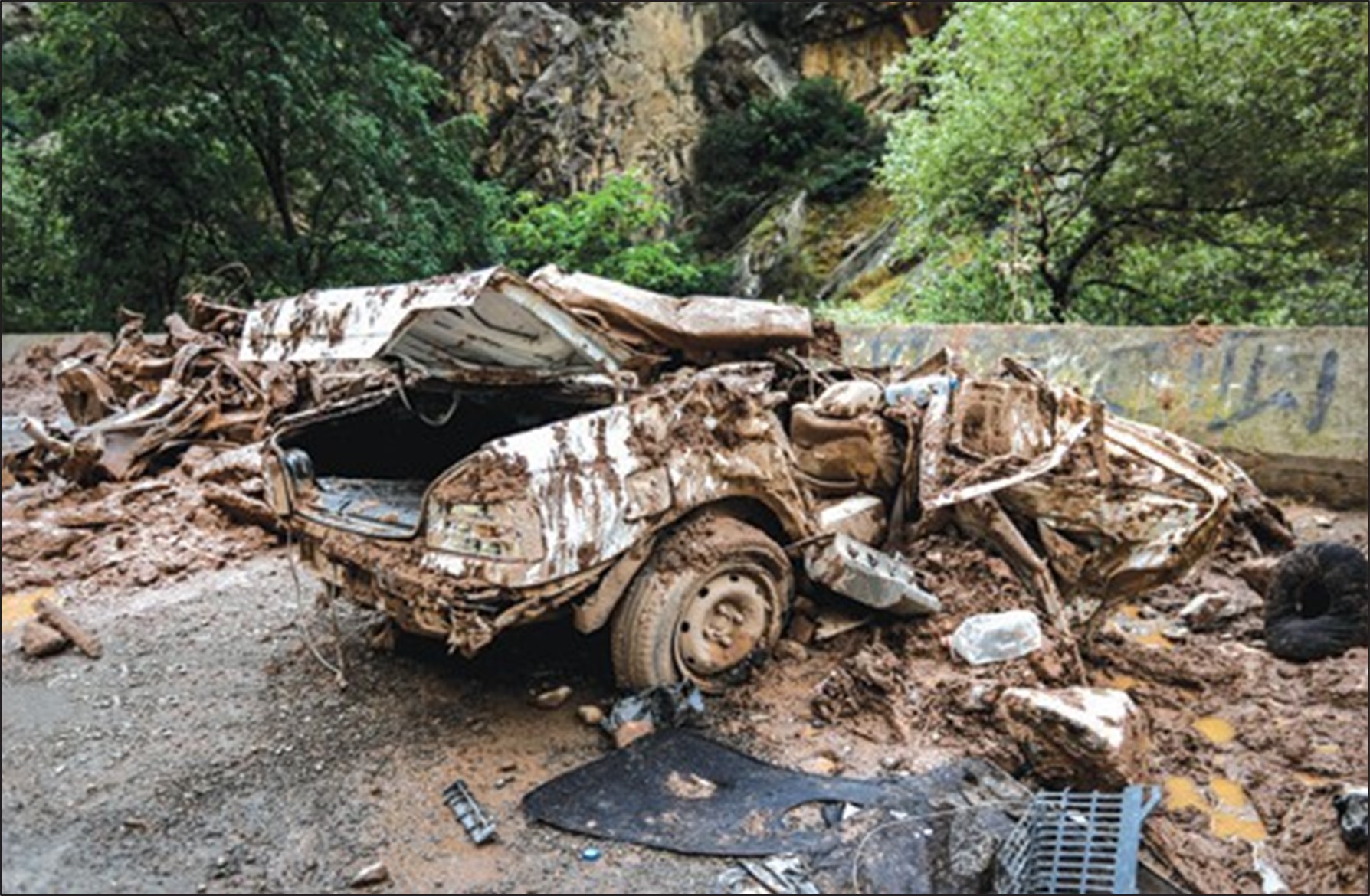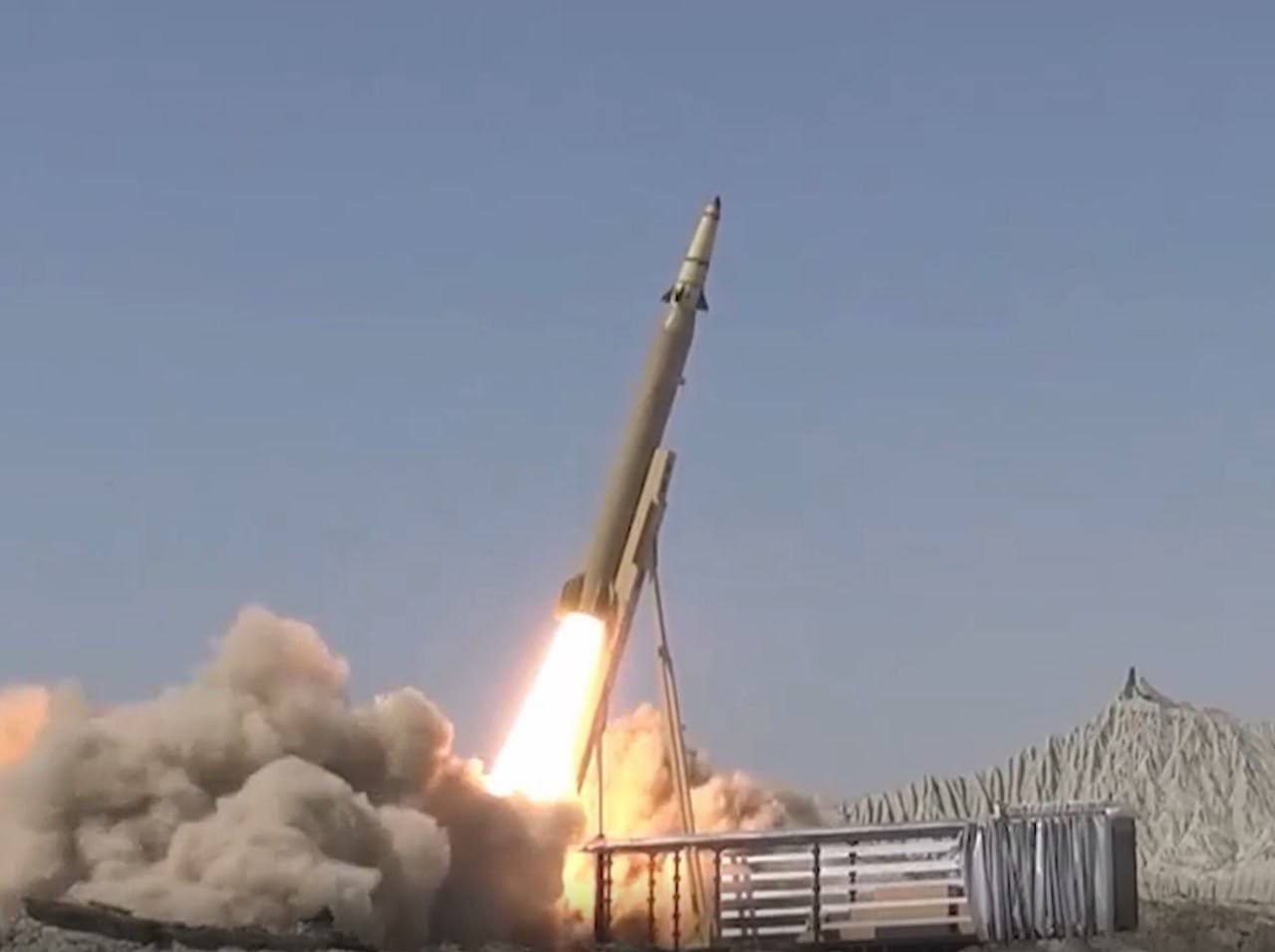July 5, 2024
 Much of Iran has been battered by the weather the last two months, especially by spring floods and now by the scorching heat of the summer, as climate change appears to be punishing Iran as it is much of the rest of the world. Many news reports have said the floods have been the worst in a century, although how that could be calculated remains unexplained.
Much of Iran has been battered by the weather the last two months, especially by spring floods and now by the scorching heat of the summer, as climate change appears to be punishing Iran as it is much of the rest of the world. Many news reports have said the floods have been the worst in a century, although how that could be calculated remains unexplained.
Floods have been reported from 13 of Iran’s 31 provinces, with the worst appearing to have been in Sistan va Baluchestan, normally the country’s driest province, in downtown Mashhad and in Savadkuh in the Alborz mountains of Mazandaran province, where the nearest big city is Sari. The rain generated huge mudslides that blocked highways and swept cars away. Numerous deaths have been reported, but the Red Crescent Society has not issued a national count.
 There are just counts covering various time periods and different numbers of provinces, so the total is unclear but appears to be in the dozens and below 100. The weather has also sparked much flooding in Pakistan and Afghanistan. Weather scientists blame the extreme rainfall on El Nino, a periodic weather formation over the Pacific that more commonly makes for bad weather conditions in the Americas. A study issued in June said climate change was the “probable explanation” although scientists said there was no definitive proof that that caused the excessive rainfall.
There are just counts covering various time periods and different numbers of provinces, so the total is unclear but appears to be in the dozens and below 100. The weather has also sparked much flooding in Pakistan and Afghanistan. Weather scientists blame the extreme rainfall on El Nino, a periodic weather formation over the Pacific that more commonly makes for bad weather conditions in the Americas. A study issued in June said climate change was the “probable explanation” although scientists said there was no definitive proof that that caused the excessive rainfall.
Flash floods that started in mid-April killed more than 500 in Afghanistan and 124 in Pakistan and dozens in Iran. In Mashhad, water surged in the middle of the city at Enqelab Square May 15. Two people trapped inside their car at the square drowned. In another neighborhood, a mother and her four children were all killed when raging flood waters collapsed their home. News reports said 19 people in Mashhad were dead or missing. On the Chalus Road, eight vehicles were trapped in a mudslide. A father said he, his wife and two children got out of their car and tried to make it to high ground.
He has still not located his wife and children, who are assumed to have been swept away. The Tehran-Gorgan daily train had to be held up when floodwaters inundated the rail line at Bandar Torkoman. The most extensive flooding was probably in Sistan va Baluchestan, where an estimated half a million people were reported homeless due to the extensive flood waters. Aid had to be dropped to many villages from helicopters since they were impossible to reach by road. In some places, high winds were recorded.
Garmsar in Semnan province just east of Tehran clocked winds as high as 126 kilometers per hour (78 miles per hour). Since the advent of summer, daily news reports have emphasized the number of cities reporting temperatures of 50 or more centigrade (122 degrees Fahrenheit). Multiple cities in the south every day now top that.

























